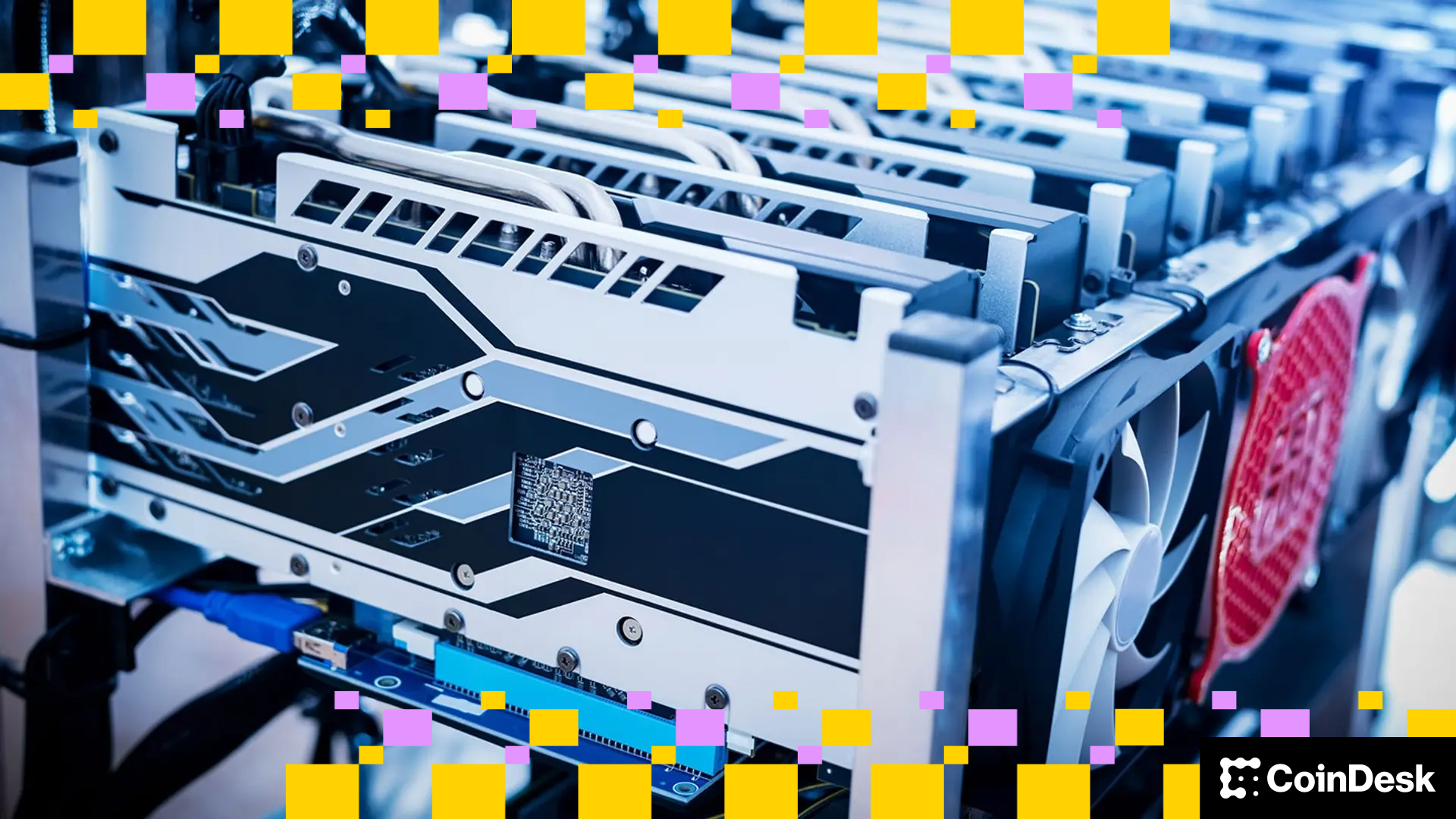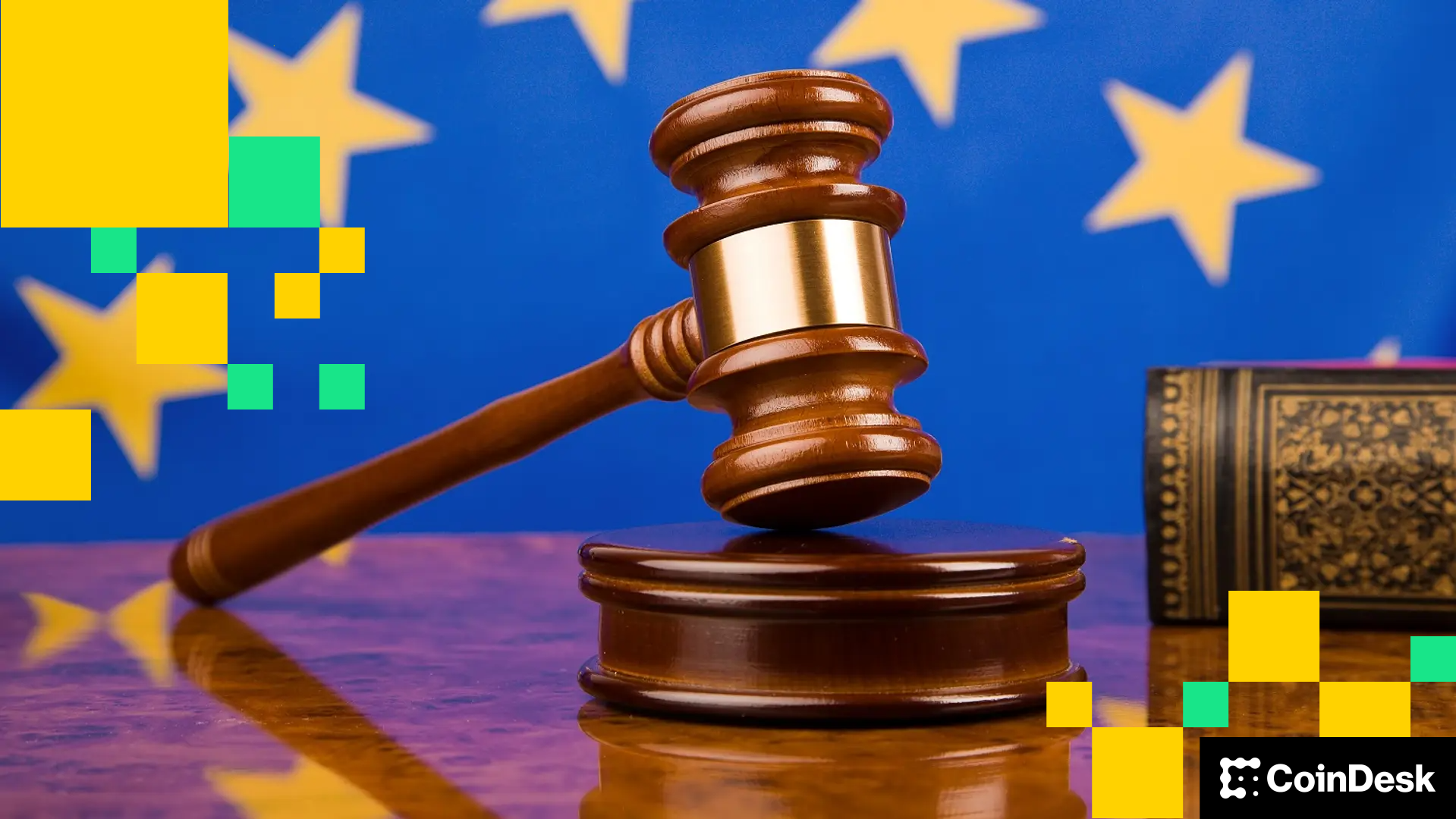Uncategorized
FTX Payout, Trump-Musk Interview, FOMC Minutes May Roil Crypto Markets This Week

As bitcoin (BTC) continues to frustrate traders with lackluster price action below $100,000, here are key events this week that could reignite market activity.
FTX payout
FTX, formerly the world’s third-largest digital assets exchange, is set to begin its first round of creditor payouts after going bust in late 2022. First up are Convenience class creditors, those claiming no more than $50,000, who will receive full repayment and a 9% annual post-petition interest.
While optimism is high that the recipients will rotate this money into the market, lifting valuations across the board, not everyone agrees.
«FTX will distribute approximately $1.2 billion to Convenience Class creditors,» Markus Thielen, founder of 10x Research, said in a note to clients Monday. That amount is «too small to move the needle.»
Thielen said only $7 billion from the remaining $10.5 billion allocated to bigger creditors could be available for potential crypto investment and further, only 50% of the $7 billion could return to the market. Thielen explained that that could result in a net inflow of over $3 billion, which is just one month of net inflows into the bitcoin market.
Mena Theodorou, co-founder at crypto exchange Coinstash, expects small creditors to put some money into Solana.
«FTX’s historic investments in SOL and the Solana ecosystem make it likely that some of these funds will flow back into the network especially since SOL has been a standout performer, rising over 500% in the past year, with strong on-chain activity and developer growth continuing to fuel demand,» Thoedorou said in an email, adding SOL could potentially outperform the broader market.
Trump-Musk call
U.S. President Donald Trump and billionaire investor Elon Musk will sit down with Fox News host Sean Hannity, the network announced Friday. The discussion will likely be focused on issues including politics, tariffs, immigration and potentially digital assets, all of which could breed market volatility.
«Trump is set to speak in an exclusive interview with Elon Musk on Fox News on February 19 – just one day before the FOMC meeting on February 20,» Coinstash’s Theodorou said. «Given Trump’s increasing alignment with crypto and Musk’s close ties with the space, this interview could drive market volatility, particularly if they touch on policy, regulation, or institutional adoption.»
Recently, the Trump administration said it would assess the feasibility of a strategic BTC reserve, disappointing the bulls anticipating swift action on the pre-poll promise.
FOMC minutes
Wednesday will bring the minutes of the Federal Reserve’s January meeting when the central bank held interest rates steady. The bank said it was not in a hurry to cut rates and would want to see more progress on inflation.
The minutes are likely to repeat that message, especially as CPI and PPI for the month came in hotter than expected, denting the case for a rate-reduction boost to the U.S. economy. Plus, Trump’s tariffs continue to raise the specter of inflation.
Traders will scan minutes to see if policymakers thought the policy was restrictive, which would mean the next move might still be a rate cut. However, if the minutes suggest otherwise, we could see some volatility in bonds that could potentially weigh on risk assets, including cryptocurrencies.
Consensus Hong Kong
Consensus Hong Kong, CoinDesk’s three-day cryptocurrency- and blockchain-focused event, will kick off Tuesday, featuring a deep dive into the blockchain and Web 3 space.
With more than 270 speakers and thousands of attendees from over 90 countries, the three-day affair will likely offer a unique perspective on blockchain technology and digital asset investing in Asia, potentially moving markets.
Uncategorized
Bitcoin Mining Profitability Fell in August, Jefferies Says

Bitcoin (BTC) mining profitability declined 5% last month primarily becuase of an increase in the network hashrate, investment bank Jefferies said in a research report Sunday.
«A hypothetical one EH/s fleet of BTC miners would have generated ~$55k/day in revenue during August, vs ~$58k/day in July and ~$44k a year ago,» wrote analysts led by Jonathan Petersen.
The hashrate refers to the total combined computational power used to mine and process transactions on a proof-of-work blockchain, and is a proxy for competition in the industry and mining difficulty. It is measured in exahashes per second (EH/s).
U.S.-listed mining companies mined 3,573 bitcoin in August versus 3,598 in July, the report noted, and these miners accounted for 26% of the Bitcoin network last month, unchanged from July.
MARA Holdings (MARA) mined the most bitcoin of the group, with 705,703 tokens, followed by IREN (IREN), Jefferies said.
MARA’s energized hashrate is still the largest of the group, at 59.4 EH/s, with CleanSpark (CLSK) second with 50 EH/s, the report added.
Read more: Bitcoin Network Hashrate Returned to All-Time Highs in August: JPMorgan
Uncategorized
France, Austria and Italy Urge Stronger EU Oversight of Crypto Markets Under MiCA

Market watchdogs in France, Austria and Italy want the European Union to tighten its approach to crypto regulation, warning that uneven enforcement of the bloc’s landmark MiCA legislation could leave investors exposed to risks that aren’t covered by the rules.
In a joint statement, France’s Autorité des Marchés Financiers (AMF), Austria’s Finanzmarktaufsichtsbehörde (FMA) and Italy’s Consob said the first months of MiCA’s rollout revealed “major differences” in how national supervisors apply the law. Without changes, they argued, firms may shop around for lenient jurisdictions, undermining both investor protection and Europe’s competitiveness in digital assets.
The regulators set out four proposals. Chief among them is handing direct supervision of the largest crypto-asset service providers to the European Securities and Markets Authority (ESMA). They also want to close loopholes allowing EU intermediaries to route orders to offshore platforms not bound by MiCA, a practice that leaves investors without regulatory safeguards.
The authorities also called for mandatory, independent cybersecurity audits before firms receive or renew MiCA licenses, citing the sector’s high exposure to hacks. Finally, they proposed a centralized filing system for token white papers to simplify cross-border offerings and ensure legal clarity.
While MiCA was designed to harmonize crypto oversight across the EU, the three regulators say swift adjustments are needed to align with international standards set by the Financial Stability Board and IOSCO. Without them, they caution, national regulators may be forced into emergency measures that risk fracturing Europe’s digital asset market.
Uncategorized
PayPal Adding Crypto to Peer-to-Peer Payments, Allowing Direct Transfer of BTC, ETH, Others

Payments firm PayPal (PYPL) said it is expanding its peer-to-peer service by adding cryptocurrency transfers to its payment flow, the company announced on Monday.
Users in the U.S. will soon be able to send bitcoin (BTC), ether (ETH), PayPal’s dollar stablecoin PYUSD and other digital assets across PayPal, Venmo and an increasing number of crypto-compatible wallets worldwide, the firm said in a Monday press release.
The integration arrives alongside «PayPal links,» a new tool that lets users generate a one-time personalized link to send or request money. The links can be dropped into text messages, chats or email, embedding payments into everyday conversations.
Personal transfers between friends and family will remain exempt from IRS 1099-K tax reporting requirements, meaning gifts, reimbursements and shared expenses won’t generate tax forms even if crypto is involved in the transaction, the firm said.
The company said the move builds on «PayPal World,» its new interoperability initiative aimed at connecting the largest digital wallets and payment systems. Peer-to-peer payments are a key growth driver, with consumer payment volume climbing 10% in the second quarter year-over-year. In July, the firm said to expand crypto payments for U.S. merchants as part of its deeper push into global digital currency payments.
Read more: PayPal Expands Crypto Payments for U.S. Merchants to Cut Cross-Border Fees
-

 Business11 месяцев ago
Business11 месяцев ago3 Ways to make your business presentation more relatable
-

 Fashion11 месяцев ago
Fashion11 месяцев agoAccording to Dior Couture, this taboo fashion accessory is back
-

 Entertainment11 месяцев ago
Entertainment11 месяцев ago10 Artists who retired from music and made a comeback
-

 Entertainment11 месяцев ago
Entertainment11 месяцев ago\’Better Call Saul\’ has been renewed for a fourth season
-

 Entertainment11 месяцев ago
Entertainment11 месяцев agoNew Season 8 Walking Dead trailer flashes forward in time
-

 Business11 месяцев ago
Business11 месяцев ago15 Habits that could be hurting your business relationships
-

 Entertainment11 месяцев ago
Entertainment11 месяцев agoMeet Superman\’s grandfather in new trailer for Krypton
-

 Entertainment11 месяцев ago
Entertainment11 месяцев agoDisney\’s live-action Aladdin finally finds its stars





